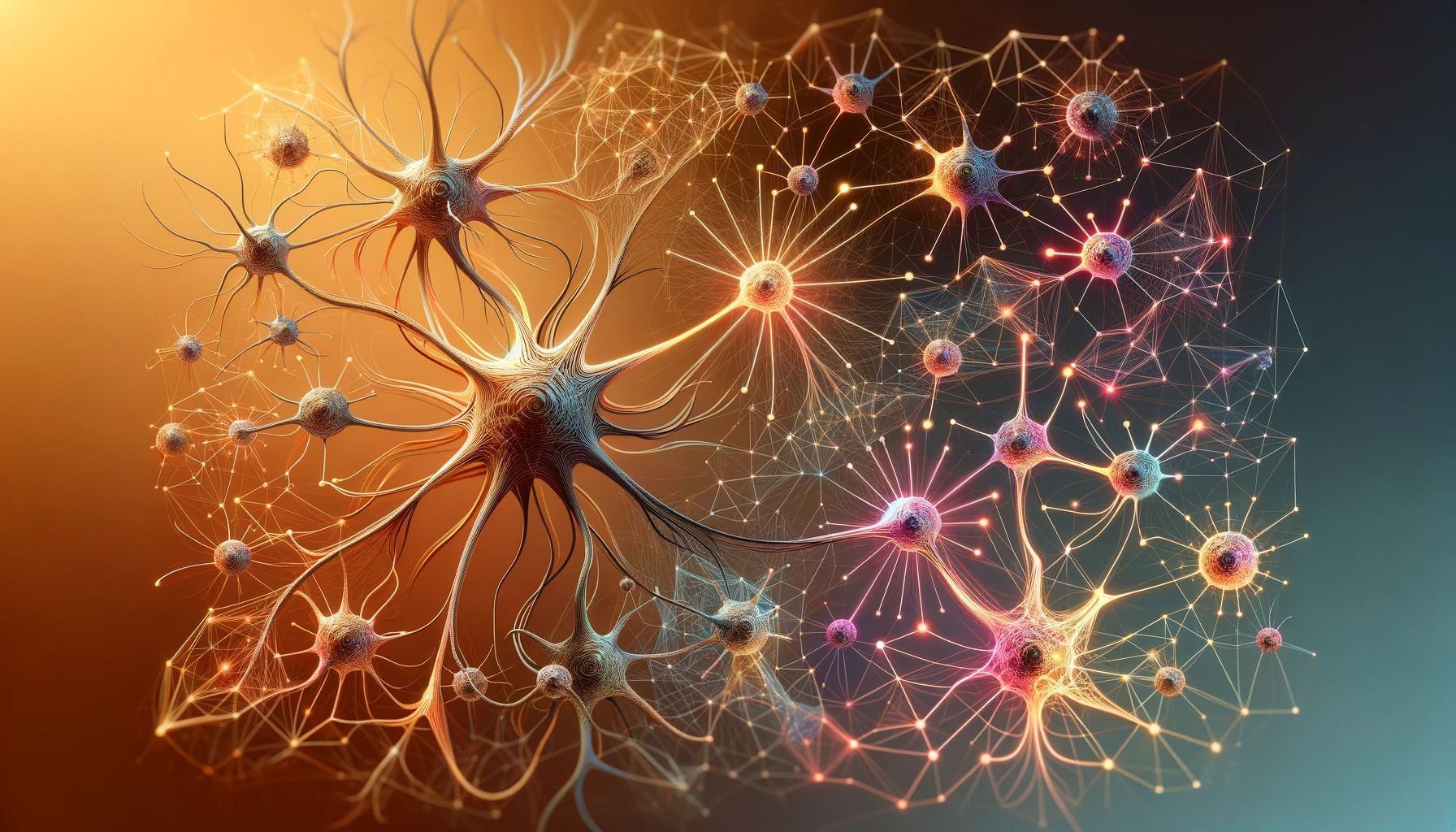Digital Biomarkers & Signal Science
Turn noisy sensors into signals you can stake a claim on.
Use this for
-
You’re moving from prototype scripts to defensible pipelines.
-
You must link EEG/fNIRS/HRV/EDA/phone sensors to real outcomes.
-
Field data brings motion, missingness, and device quirks.
-
Reviewers ask for QC, reliability, and limits-of-agreement, not anecdotes.
What you walk away with
-
Reusable pipelines — code + configs, unit tests, provenance.
-
Validation evidence — reliability (test–retest ICC), agreement (Bland–Altman/CCC), responsiveness where relevant.
-
QC & SOPs — acceptance criteria, artifact handling, non-wear/motion flags, rescue rules.
-
Feature pack & data spec — tidy outputs (CSV/Parquet), metadata, analysis shells.
-
Lab↔Field parity memo — what changes, why, and how to ship safely.
-
Reporting kit — figures/tables and text you can paste into protocols/manuscripts.
Patterns we reach for
-
Short repeatable windows over long fragile sprints.
-
Artifact-aware preprocessing (EEG ICA/ASR; fNIRS wavelet/short-sep; PPG ectopic edit).
-
Quality indices baked into every feature (motion/contact/temp).
-
Leakage-proof evaluation and device/version harmonization.
-
Agreement first (LoA/CCC), then association; causality claims are bounded.
Quality gates
-
Reliability targets: test–retest ICC ≥ 0.75 (context-dependent).
-
Agreement thresholds: pre-set LoA/MAE/RMSE by state (rest/sleep/activity).
-
QC yield: post-artifact rejection within plan; missingness ≤ 5% after nudges.
-
Parity band: lab↔field deltas inside the agreed range or explicitly explained.
-
Assumptions written down; prereg templates available.
Rapid · 2–3 weeks
Signal validation spring
-
Protocol + reference gear selection.
-
QC/SOPs + agreement & reliability readout.
-
Decision memo: ship, fix, or swap.
Build · 6-8 Weeks
Pipeline + field parity
-
Reusable pipeline + dashboards.
-
Field validation, compliance strategy.
-
Reporting kit + claims-safe language.
Oversight (Monthly)
Blocks of expert hours
-
Eval runs, data/feature drift watch.
-
Release gates and “stop-ship” triggers.
Example runs
Memory/attention tasks for cognitive features
Debiasing prompts in live UX
HRV/EDA stress–recovery protocols
Portable EEG for workload/engagement
Boundaries
-
We don’t certify devices; we produce evidence and limits.
-
Wrist EDA/PPG HRV have motion/contact constraints — documented, not ignored.
-
We don’t collect data; we design gates and build pipelines.
Turn ideas into results that travel.
Book a 15-minute free consultation or ask for a sample design pack.
FAQ
Which devices do you support?
Research-grade by default; prosumer wearables with a written limitations memo.
Do you include ML modeling?
We deliver ML-ready features and leakage-safe splits; full modeling lives under AI, Modeling & Data Science.
How long is the field phase?
Typically 1–2 weeks to sample variability and compliance patterns.
Can you do real-time?
Yes—with explicit tradeoffs (latency vs fidelity). We prove the impact.
Will you run the study?
We provide protocols, QC gates, and vendor coordination. We can’t do data capture.
Need Some Help?
Feel free to contact us for any inquiry or book a free consultation.

